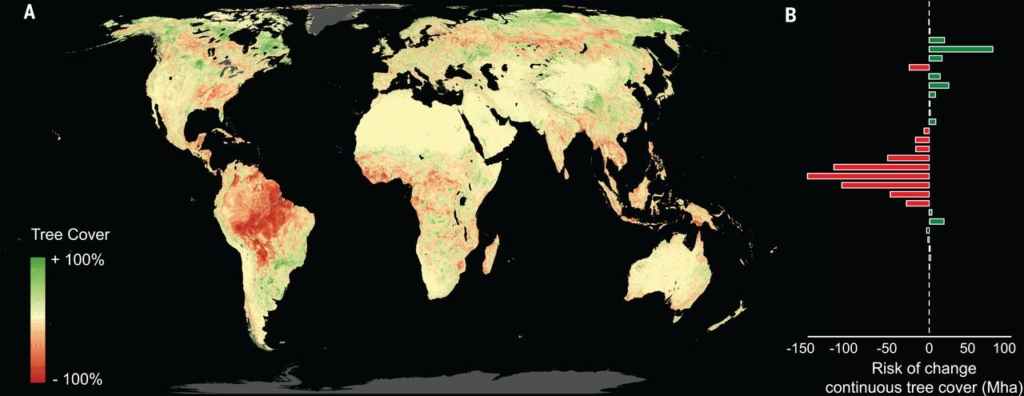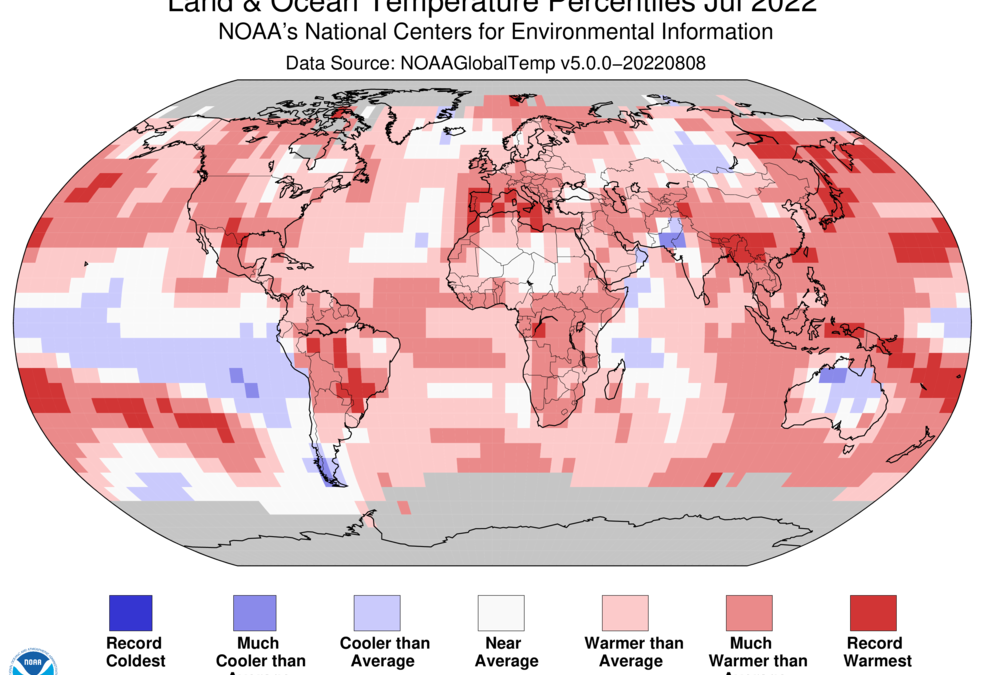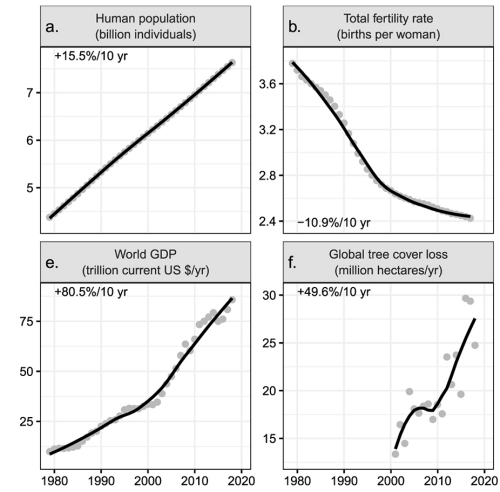Expert reaction to study looking at trees, carbon storage, and climate change – “It is time to stop suggesting there is a ‘nature-based solution’ to ongoing fossil fuel use. There isn’t. Sorry.”

4 July 2019 (Science Media Centre) – A new study, published in Science, reports on the capacity for trees to reduce atmospheric carbon levels.
Dr James Borrell, Researcher at the Royal Botanic Gardens, Kew, said:
“Global forest restoration clearly has remarkable potential to address climate change, but restoring forest on this scale is a significant challenge in itself.
“If this kind of strategy is to work, we need to start now. Restoring forests on this scale will take decades if we are to do it in the right way. […]
Prof Myles Allen, Professor of Geosystem Science, University of Oxford, said:
“In the paper, the authors compare the extra CO2 in the atmosphere with the amount they assess could be stored in forests, but this is misleading, because it neglects the fact that only about 50% of the carbon we release into the atmosphere stays there, the rest being mixed into the near-surface oceans and the like. To date, we have emitted 600 GtC and an additional 300 GtC (50%) of that CO2 remains in the atmosphere. If we had emitted 600 GtC and removed 200 GtC, there would be 200 GtC (50% of 600-200) remaining in the atmosphere. Comparing removal potentials with “atmospheric burden” exaggerates their importance by around a factor of two.
“Restoration of trees may be “among the most effective strategies”, but it is very far indeed from “the best climate change solution available,” and a long way behind reducing fossil fuel emissions to net zero. The additional 200 billion tonnes of carbon the study highlights represents less than one third of human-induced carbon dioxide emissions to date, and less than 20 years of emissions at the current rate. So, yes, heroic reforestation can help, but it is time to stop suggesting there is a “nature-based solution” to ongoing fossil fuel use. There isn’t. Sorry.”
![World map showing the current global tree restoration potential. (A) The global potential tree cover representing an area of 4.4 billion ha of canopy cover distributed across the world. (B and C) The global potential tree cover available for restoration. Shown is the global potential tree cover (A), from which we subtracted existing tree cover (15) and removed agricultural and urban areas according to (B) Globcover (16) and (C) Fritz et al. (17). This global tree restoration potential [(B) and (C)] represents an area of 0.9 billion ha of canopy cover. Graphic: Bastin, et al., 2019 / Science](https://desdemonadespair.net/wp-content/uploads/2019/07/World-map-showing-the-current-global-tree-restoration-potential-Bastin-et-al-2019-Science-662x1024.jpg)
Dr Phil Williamson, Honorary Reader, University of East Anglia, said:
“There is a clear message from the analysis of Jean-Francois Bastin and his colleagues: there is the land available, nearly a billion hectares, for a massive global tree-planting initiative that should help avoid climate catastrophe, without encroachment on existing arable land. There is also a warning: this is a time-limited opportunity, since the scope for forest-based carbon removal is reduced in a warmer world. What is not made explicit is that very rapid reductions in greenhouse gas emissions must also occur at the same time. Whilst reforestation can undoubtedly assist in achieving net-zero, and subsequently net-negative emissions, it is potentially misleading for the authors to claim that “ecosystem restoration is the most effective solution at our disposal to mitigate climate change”. The most effective solution remains as before: ending emissions, through the worldwide phase-out of fossil fuels within a few decades. Unless that is also done, the newly-planted forests won’t survive for long enough to have the desired effect.” [more]
expert reaction to study looking at trees, carbon storage and climate change
The global tree restoration potential
ABSTRACT: The restoration of trees remains among the most effective strategies for climate change mitigation. We mapped the global potential tree coverage to show that 4.4 billion hectares of canopy cover could exist under the current climate. Excluding existing trees and agricultural and urban areas, we found that there is room for an extra 0.9 billion hectares of canopy cover, which could store 205 gigatonnes of carbon in areas that would naturally support woodlands and forests. This highlights global tree restoration as our most effective climate change solution to date. However, climate change will alter this potential tree coverage. We estimate that if we cannot deviate from the current trajectory, the global potential canopy cover may shrink by ~223 million hectares by 2050, with the vast majority of losses occurring in the tropics. Our results highlight the opportunity of climate change mitigation through global tree restoration but also the urgent need for action.


